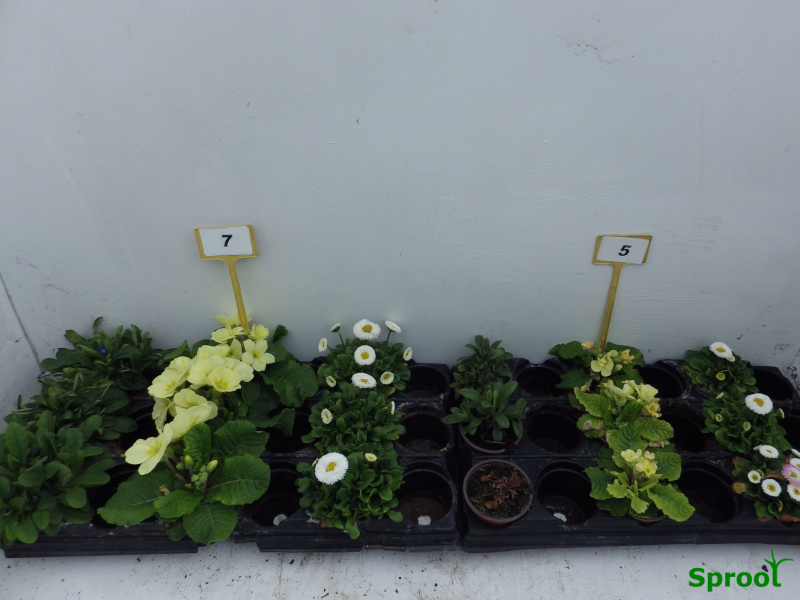They are prized by gardeners for their ability to flower during the winter and early spring. The plants are surprisingly frost-resistant and many are evergreen, they even grow in shade.
Once very popular in the 19th century, gardeners have been drawn to their wide range of colours, they have had a mini-revival as new breeding and production techniques have improved the plant habit and flowering.
Often called Xmas or Lenten roses they are not related to roses but the flower is similar in shape to wild roses.
Hellebores have always appealed to breeders, with their slightly promiscuous nature, they seem to be happy to crossbreed with each other and numerous hybrids have appeared.
There are lots of old and new varieties for you to try.
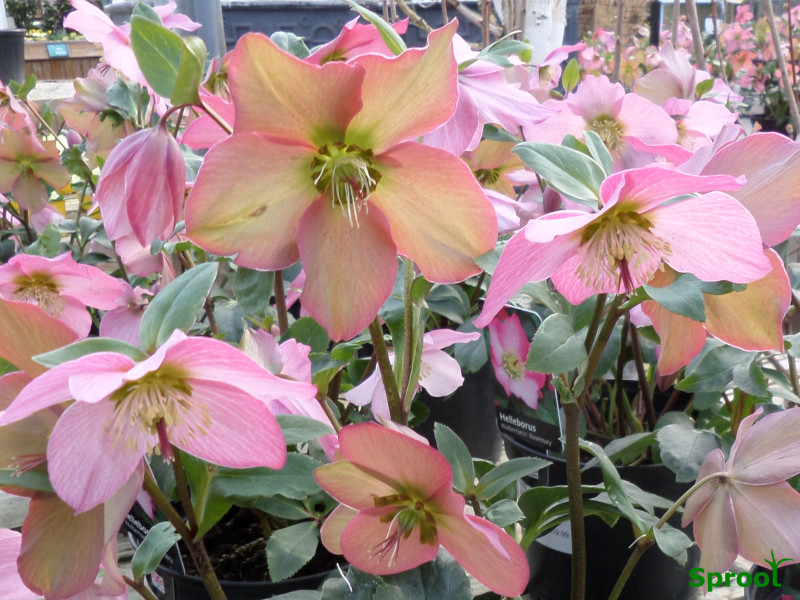
In the beginning, there was Hellebore Niger, the Xmas rose often flowering about Christmas and the Lenten or oriental rose flowering early in the spring and it was easy to identify them.
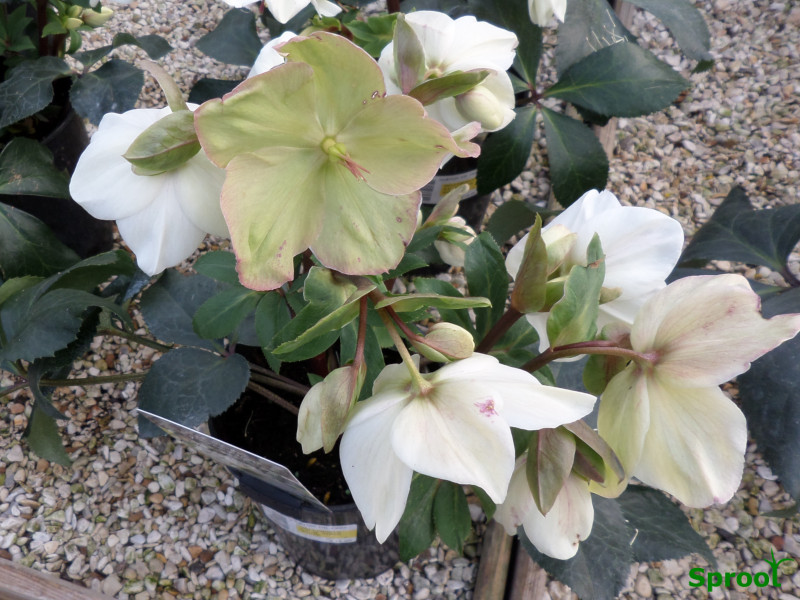
The Xmas rose would flower midwinter after the leaves had died down, the flowers where white fading to pink on short stems.
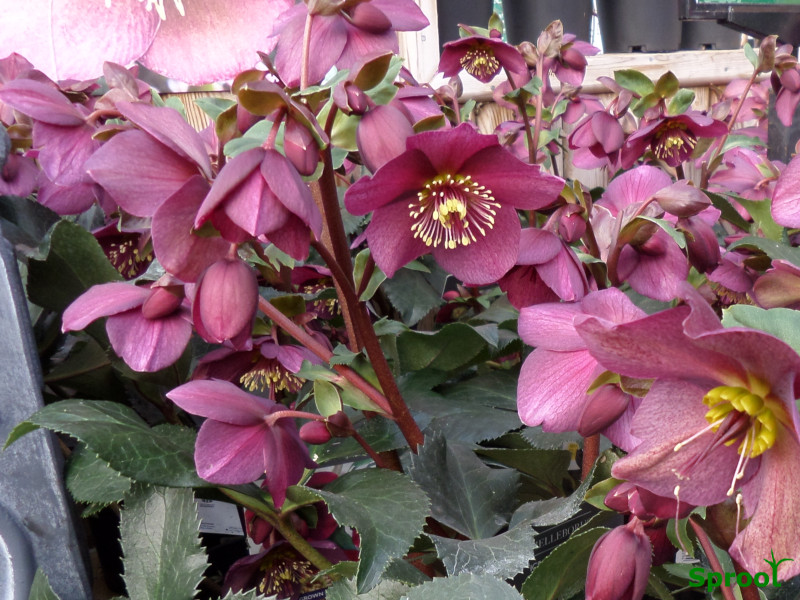
The Lenten rose would have evergreen leaves, flowers would appear in early spring on stems 30-45cm high
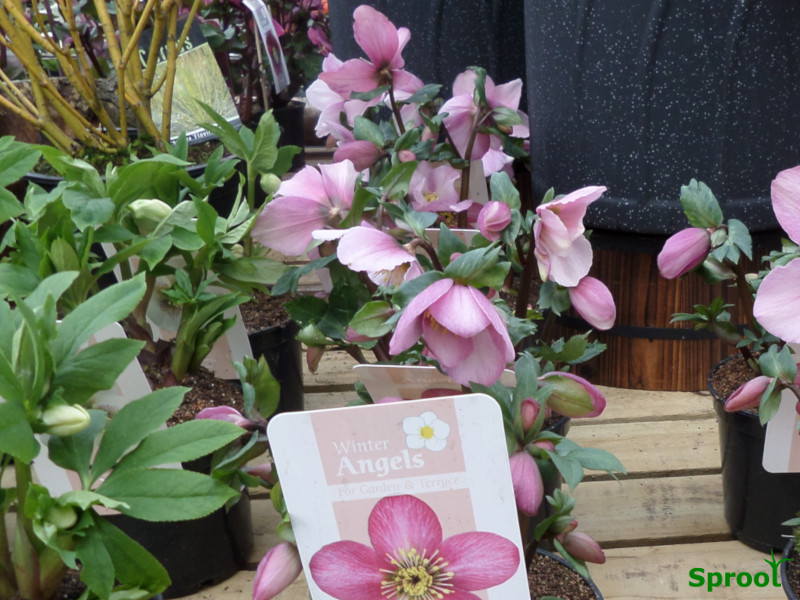
Now there are numerous hybrids and it is difficult to work out exactly what they are. Some of the breeding work has expanded the colour range from white to almost black with lots of pinks, red, purple, green and yellow in between. Others have given us delicately spotted and double flowers and recently the Xmas rose has had an upgrade with more flowers some carried on stems to give more height.
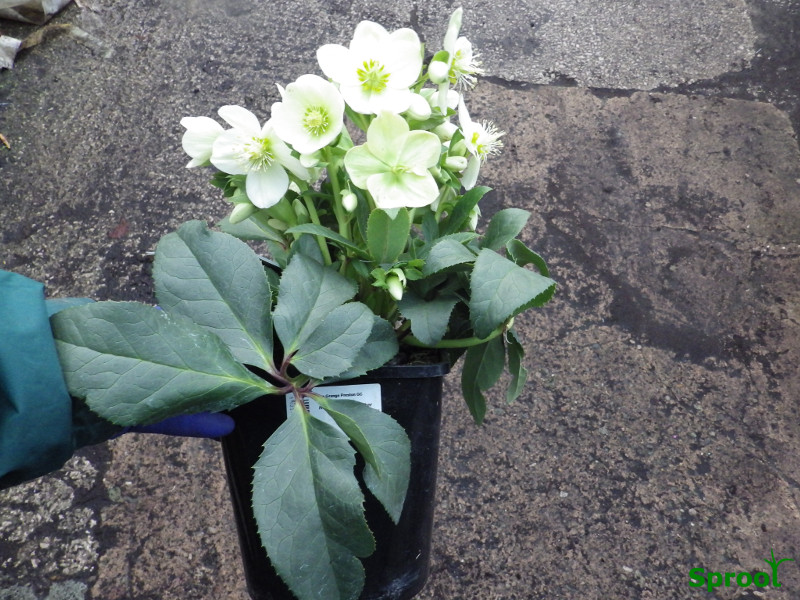
There are also the original species to look out for and collect.
Hellebores originally from Europe and Asia are happy in our British climate and are easy to grow.
All Hellebore plants are toxic, but Hellebore poisoning is rare, you would have to eat the leaves, for this reason, they are usually left alone by animals such as deer and rabbits. The alkaloids in the sap have been known to sometimes bother gardeners with sensitive skin.
Hellebores will never be cheap, they are slow-growing and some hybrids can be very expensive. New propagation and cultivation techniques have allowed us to grow large quantities quickly so you will find that prices will start to drop.
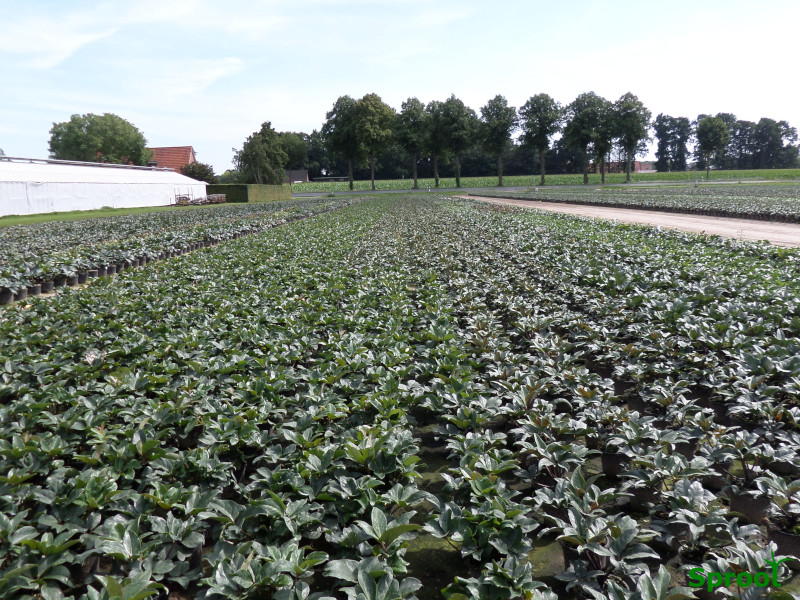
Hellebore make good permanent container plants, providing early long-lasting colour, you can move them in the summer to a shady spot bring them back out when the new flowers appear.
what could go wrong
Hellebore leaf spot
This is a common disease on many hellebore species, it will gradually build up over a number of years and can kill your plants. You are most likely to see it on the new leaves in the spring and winter. The fungus spores are spread by rain and wind, something we are quite good at in the UK, the best cure is to stop the spores spreading. The most likely source of infection is from the old overwintered leaves and it is common practice to remove old leaves during the winter to prevent them infecting the new leaves as they grow, this will reduce the amount of leaf spot.
Chemicals fungicides can also be used but try the leaf trimming first.
Hellebore black death
Black death a popular name for a recent hellebore problem that causes stunting, distortion and black streaking and netting patterns on the leaves. Normally seen in spring-flowering hellebores it is thought to be a virus spread by the hellebore greenfly. Similar to leaf spot, the black death will spread faster and affect the stems and flowers more than leaf spot.
There is no cure, you need to move fast and remove any suspect plants as soon as possible, to prevent it spreading to your other hellebores. You need to dispose of them in the rubbish bin.
Greenfly
Any early spring growth in your garden is going to attract greenfly they have been waiting all winter for something to feed on. The soft new leaves and flowers of the spring flowering hellebores can be attacked by the whitish-green hellebore greenfly.
Should you worry, well it is possible they could spread the Black death virus, so if you have already seen symptoms I would use a chemical spray. This should be done before the flowers open to avoid harming early pollinating insects, as the weather is normally cooler, you may find the chemical approach may not work, most chemicals need active insects to work well. Leaf trimming may also help by removing the overwintering hibernating greenfly before they can spread.
If you have not seen any symptoms of black death, I would let nature help you out, birds like tits are desperate for a meal and will often find and eat the aphids before you do. Make your garden as wildlife-friendly as possible. If you are not squeamish squashing the greenfly between your fingers will also work.

